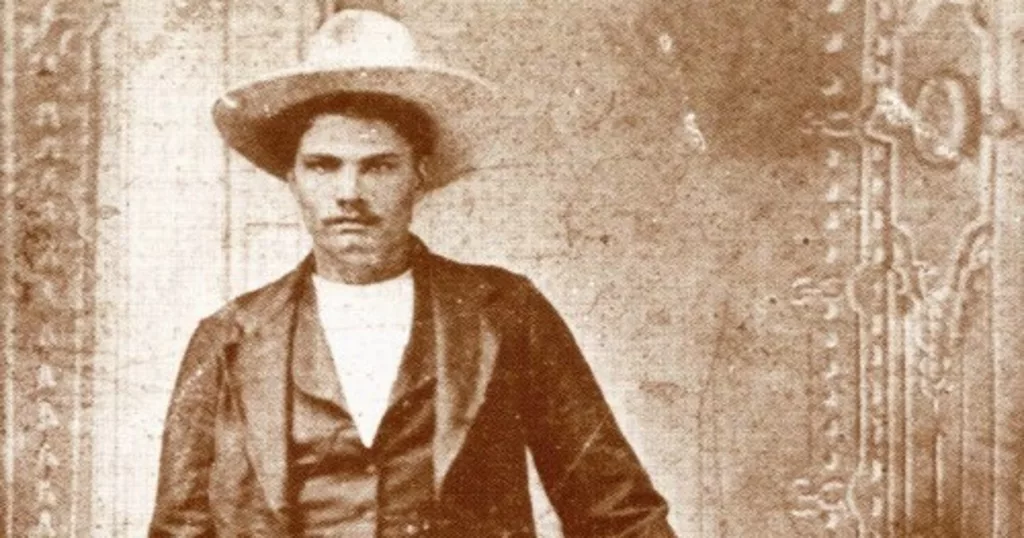
One way to better understand time and history is to use comparisons within your own life, or between events that have happened during your lifetime, so that your mind can grasp how rapidly or slowly things actually occurred in real time.
For example, in my book on Off-Grid living, I explain the massive technological changes that happened during a very short window of time between around 1890 and 1920. While there were some exceptions and experiments and limited anecdotal exceptions, for the most part, people in 1890 lived very much like people in 1790, 1690, or 1290. That is to say that they lived in shelters built with wood, stone, stubble, or some natural material. The masses did not have or use electricity in any way. Their homes were heated with fire. The primary means of transportation was via foot or horses (train travel was an exception, but not one widely used by the masses). Communications were slow, and almost always either oral or written. Mail service was, even then, new and rare. The telegraph was invented in the 1840s, but again, most people in 1890 had never sent or received a telegram.
Your grandmother or great-grandmother or great-great-grandmother born in 1890 was born into a lifestyle that had changed very little over many centuries – the way she lived was the same way that most of her ancestors had lived, really, for most of the history of the world. Yet, by the time she was 30 years old, she saw the installation of electric power in many of the larger cities, along with the advent and wide acceptance and utilization of telephones, radios, and even airplanes. What a remarkable leap forward in technology in just a very few years!
If you want your understanding of time to be even more personal, apply what we’ve just learned to your own interests and your own life. Ernest Hemingway was born in 1899, into the world I’ve just described – a world and lifestyle little changed from that which was lived by all of his ancestors. As a child, he traveled in horse carriages, his house was lit by lanterns and candles, and his family chopped wood for heat. Letter writing was the main means of communication over any distance. Yet, by 1925 Hemingway had traveled extensively by train and ship, drove motorized ambulances in World War I, used electricity extensively, sent telegrams overseas from Europe with the text of news articles to be printed in Canada and America, and even gave instructions via telegram concerning the publishing of his short stories and novels. All of that happened in less than half the duration of my own life! (The technological changes have been, if it is possible, even greater during my own lifetime. But that’s a discussion for another column.)
Now, think about this in relation to where you live. One of the several famous writers from our own area, Brownwood’s own Tevis Clyde Smith (1908-1984,) in addition to writing fantasy stories with Robert E. Howard of Conan fame, wrote several histories of Brown County describing the colonization and “Old West” period of this part of Central Texas. When we think of the “Wild West,” we tend to think of this long, expansive era of cowboys and cattle drives and pioneers, but the archetypal Old West period here in Texas really only lasted a little more than 50 years. In the reckoning of some historians, it was even shorter. The massive cattle drives of yore really began in earnest beginning at the end of the Civil War in 1865, and some historians consider that period – from 1865 until the national census of 1890 to be the “Old West” period. I think, though, that it’s fair to extend this back, when you consider our concept of the Wild West, to the year of Texas’ Independence in 1836. From 1836 to 1890 is just 54 years. I’m 56 years old as I write this. That means the whole period of what we consider to be the Wild West years of Central Texas, happened during an epoch shorter than my lifetime.
This might get a little crazy.
Tevis Smith wrote extensively about the outlaw John Wesley Hardin, the Wild West pistoleer and gunman who rode and robbed and murdered throughout these parts of Texas, especially in Brownwood and Comanche. Hardin was born in 1853, the year the Washington Territory was formed out of the Oregon Territory. If you remember the game Oregon Trail, you have the right picture of the time period in your mind. Hardin was gunned down in El Paso in 1895, just 4 years before Earnest Hemingway was born and 13 years before Tevis Clyde Smith was born. Hardin was 14 years younger than me when he died. In his lifetime, Hemingway cracked his head open with an electric light fixture, was in several automobile crashes, almost died in two successive airplane crashes in three days, used his boat Pilar to search for German submarines, saw his books made into movies with Gary Cooper starring in them, and appeared in film clips and accepted his 1953 Nobel Prize by audio recording. Hemingway committed suicide in 1961, just 6 years before I was born. In my life I’ve gone from writing books by hand and on a typewriter just like Hemingway did, to publishing e-books via laptop, doing hundreds of YouTube videos, interviews, and podcasts, and I’ve traveled out to Hollywood to see digital storyboards made to illustrate images from my books (to be made into movies) presented to me by the production designer who created the alien in the movie Independence Day and every bit of movie magic in the films The 300, Stargate, iRobot, and Maleficent.
Time is an interesting thing. Nothing is as old as it seems. And it is fun to think about if you’re one of the rare kind today who likes thinking.
Have a great day!
***
Michael Bunker is a local columnist for BrownwoodNews.com whose columns appear periodically on the website. Email comments to [email protected].
